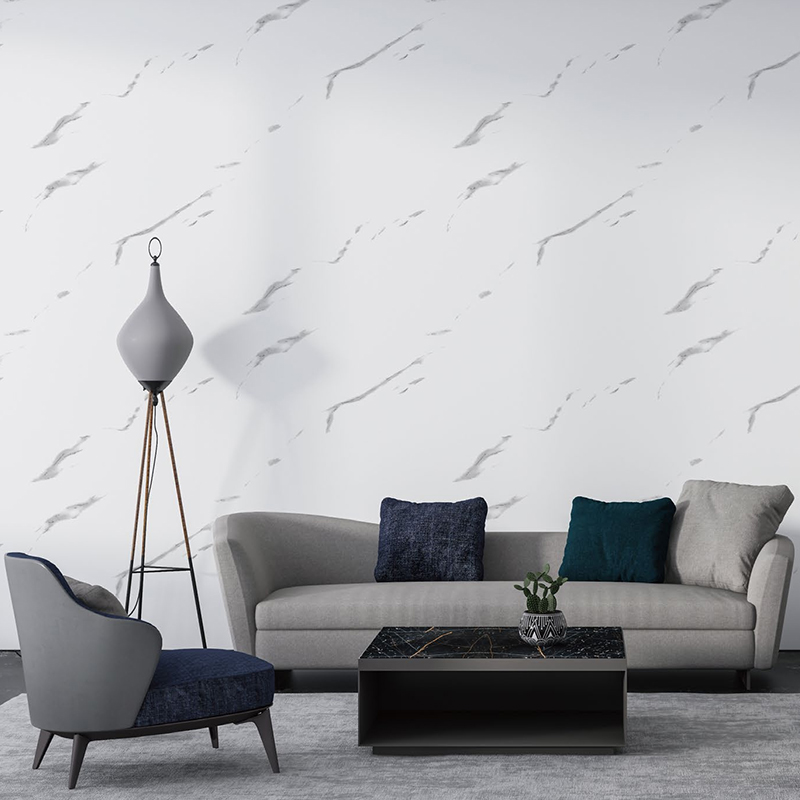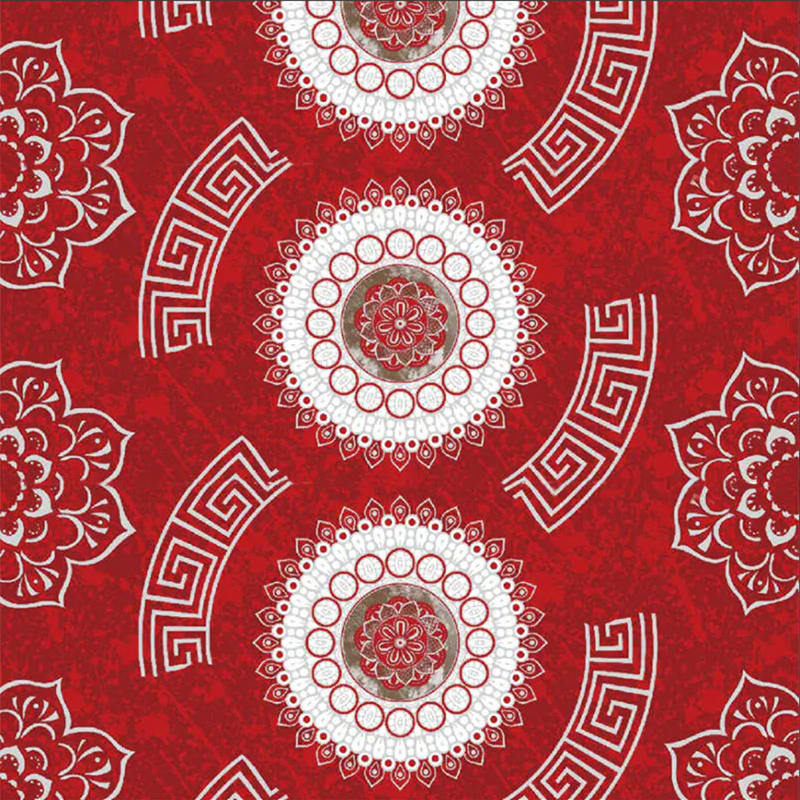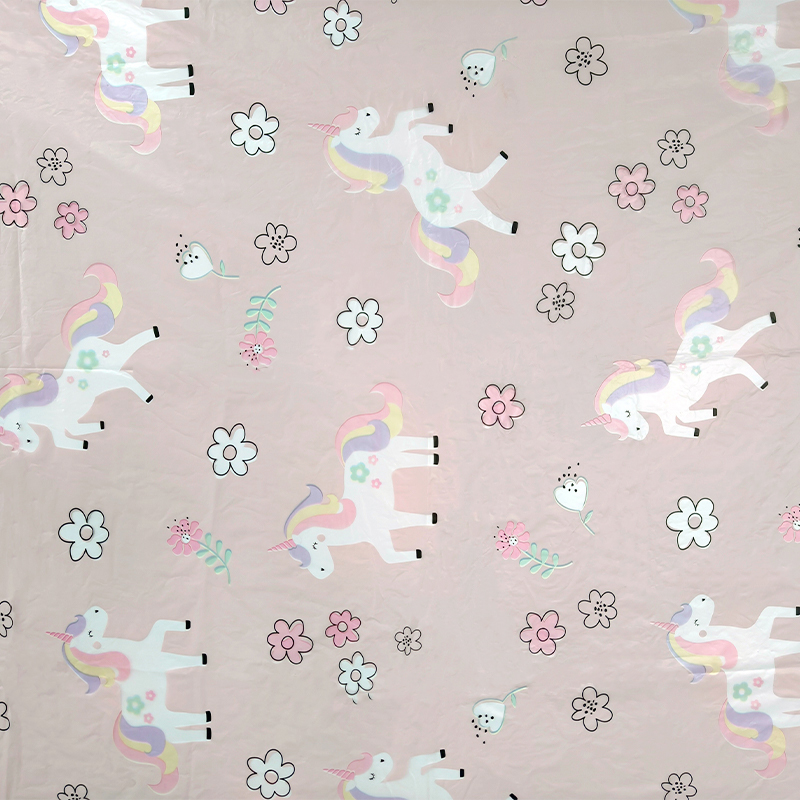Thermal insulation film printing is an innovative technology that combines the functional properties of thermal insulation films with the versatility of printing processes. This fusion creates materials that not only regulate heat but also offer a range of aesthetic and functional possibilities. Traditionally, thermal insulation films have been used in architecture and automotive industries to block ultraviolet (UV) and infrared (IR) radiation. The integration of printing, however, has significantly broadened their application scope, leading to a new generation of smart and functional materials.
The Technology Behind the Innovation
At its core, thermal insulation film printing involves applying a layer of ink onto a substrate, usually a polyester (PET) or polyethylene terephthalate film, to create a specific pattern or design. The key to its thermal performance lies in the specialized inks used. These aren’t your typical pigments; they often contain nanomaterials like indium tin oxide (ITO), antimony-doped tin oxide (ATO), or even noble metals like silver. These materials have unique optical properties that allow them to be transparent to visible light while effectively reflecting or absorbing IR radiation.
The printing process itself can vary. Common methods include:
- Gravure Printing: Known for its high-speed and high-volume capabilities, this method is ideal for creating large batches of films with uniform patterns.
- Screen Printing: This technique is perfect for applying thicker layers of functional ink and is often used for creating patterns with specific electrical or thermal properties.
- Inkjet Printing: A highly flexible and precise method, inkjet printing allows for the creation of intricate designs and customized patterns, making it suitable for prototypes and specialized applications.
The choice of printing method depends on the desired properties, the required resolution, and the scale of production.
Expanding Applications
The ability to print on thermal insulation films has opened doors to a wide range of applications beyond traditional window films.
- Smart Windows: Imagine a building where windows can be printed with patterns that adjust their thermal properties based on the time of day or the season. Thermal insulation film printing makes it possible to create dynamic glazing that can switch from transparent to semi-opaque, providing privacy and heat regulation simultaneously.
- Automotive Industry: Besides standard window tinting, printed films can be used for heat management in vehicle interiors, on sunroofs, and even on the body panels to reduce the car’s internal temperature and lower the reliance on air conditioning.
- Electronic Displays: In the world of consumer electronics, printed thermal films are crucial for managing heat in screens. They can be integrated into smartphones, tablets, and televisions to dissipate heat from components like LEDs and processors, improving device longevity and performance.
- Wearable Technology: Flexible, printed thermal films can be incorporated into smart clothing or medical devices to help regulate body temperature, offering solutions for both athletic gear and therapeutic applications.
Challenges and Future Outlook
Despite the promising applications, the field of thermal insulation film printing faces several challenges. Ensuring the long-term durability and stability of the printed layers, especially in harsh environmental conditions, is a key concern. The cost of specialized inks and printing equipment can also be a barrier to widespread adoption.
However, ongoing research is focused on developing more cost-effective and environmentally friendly materials. The future of thermal insulation film printing is likely to involve a greater integration with other smart technologies, such as printed electronics and sensors. This will lead to the creation of truly intelligent films that not only manage heat but also respond to their environment, sense changes, and even generate power. The combination of thermal management and added functionality positions this technology at the forefront of the smart materials revolution.



 English
English Français
Français русский
русский عربى
عربى Español
Español












